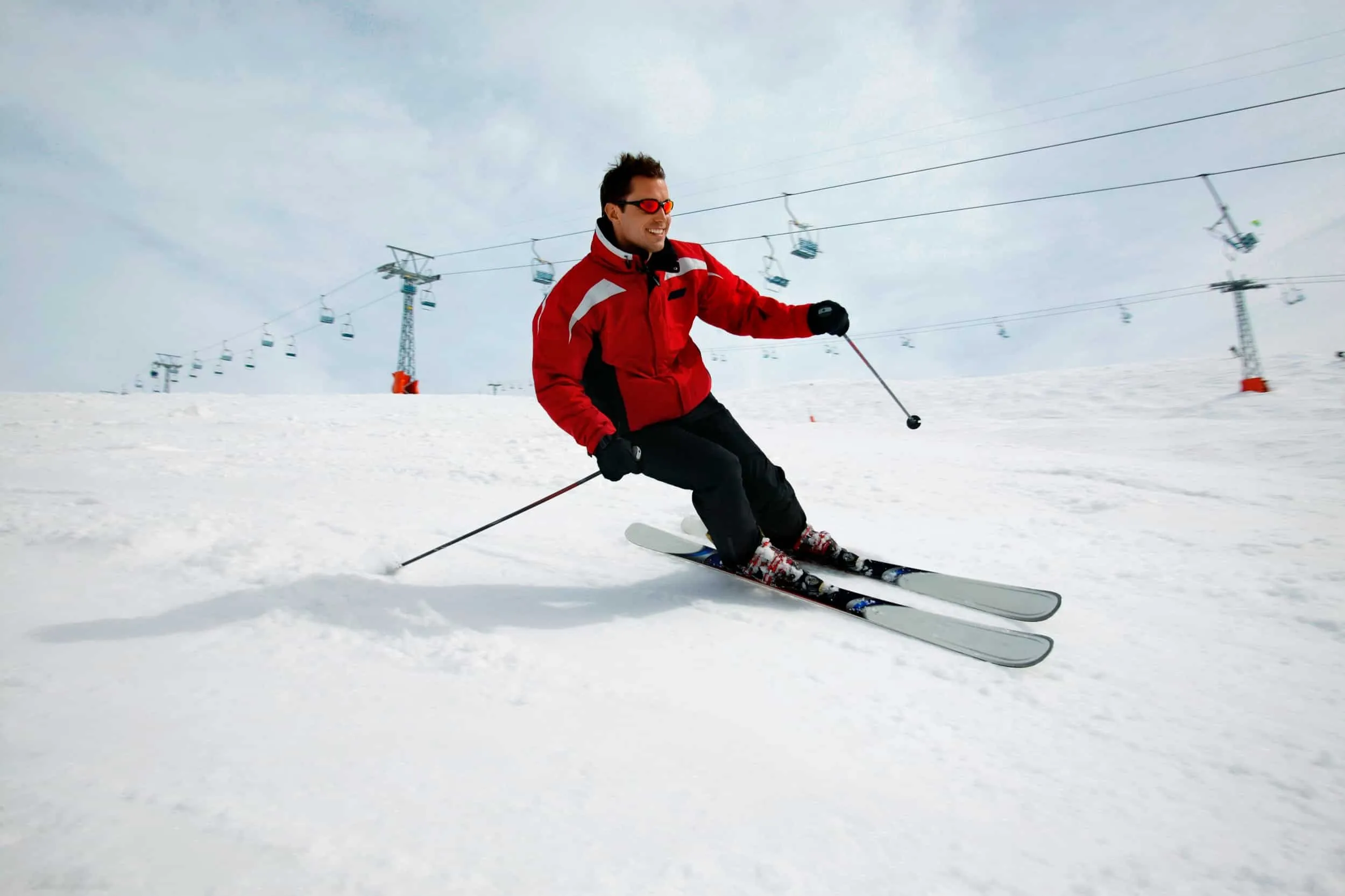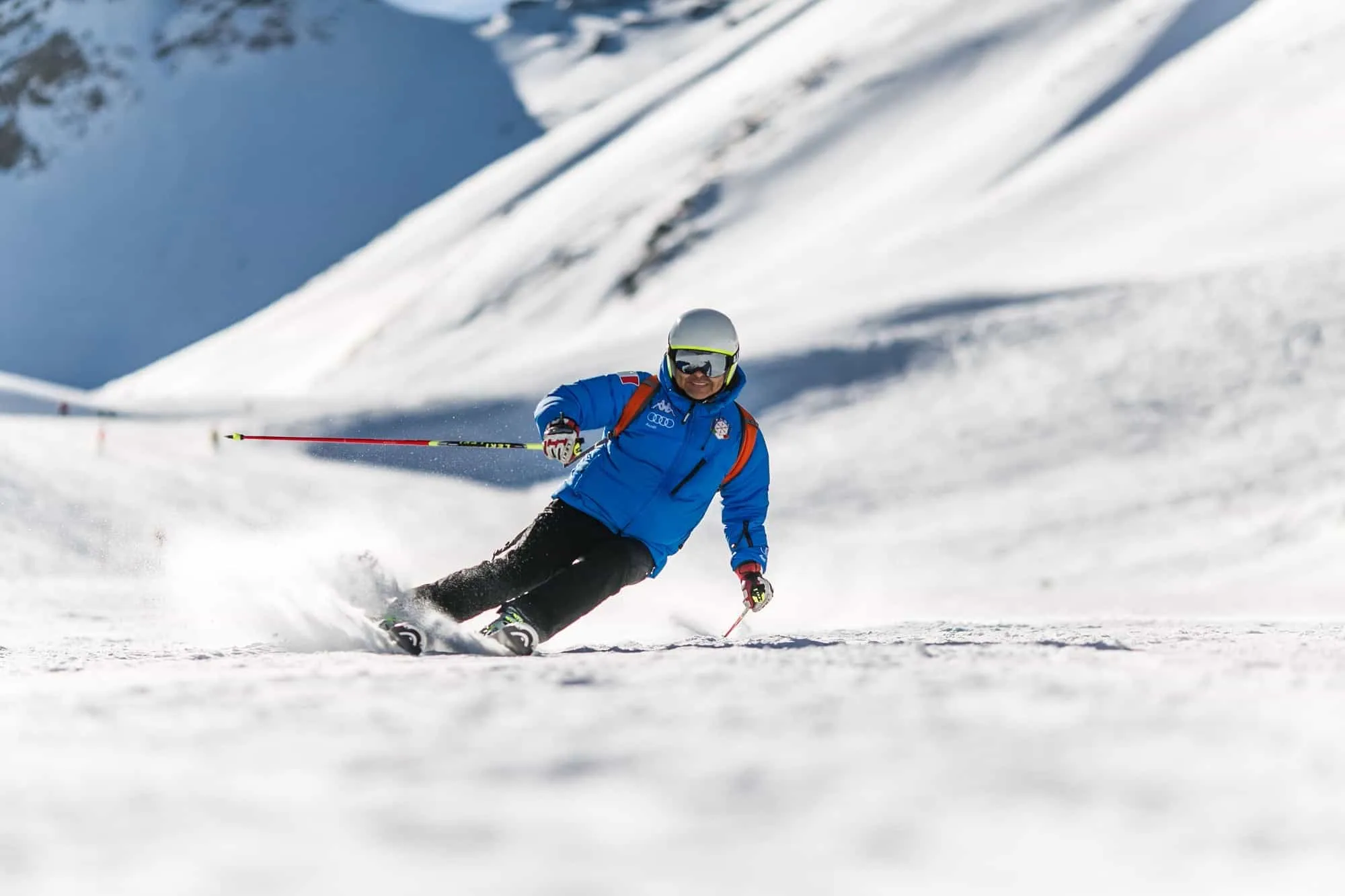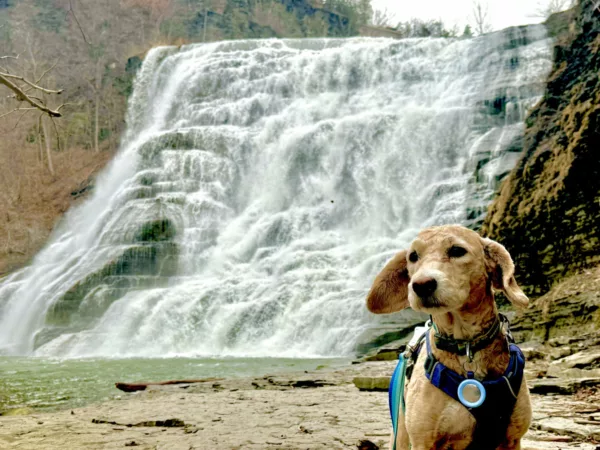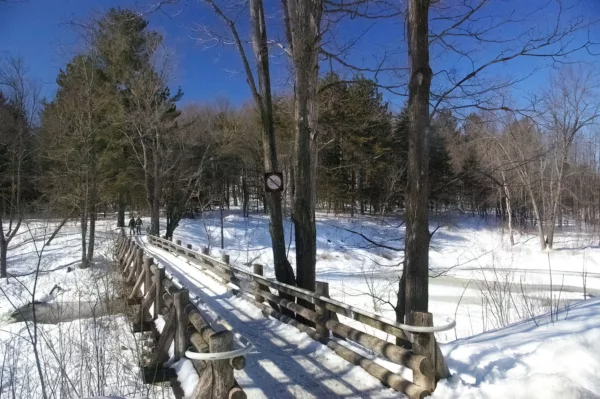9 Tips to Instantly Improve Your Skiing Skills

The better you are, the more fun you will have. This is true of mostly everything in life, including skiing. A small tweak can make a world of difference.
Here are nine simple ski tips that I learned from over 20 years of instructing to help anyone, from beginner to expert, turn the fun metre up to 11!
Maintain a Fitness Routine
A regular fitness routine will help you ski stronger and longer. Focus on the holy trinity of ski conditioning: cardiovascular fitness, strength and flexibility.
Even just a few cardio workouts a week will prepare your heart and lungs for making turns downhill. The higher your aerobic capacity, the longer you can ski.
You will feel more comfortable and relaxed on skis the stronger you are. Strength also helps you make the quick adjustments needed to maintain balance while schussing down the slopes.
Skiing requires continuous dynamic movement, so your range of motion is key. Stretching improves muscular balance and elasticity, along with flexibility. Yoga strengthens your muscles while extended, which translates to increased strength in a dynamic ski turn.
Pro Tip: Balance comes from your core, so don’t forget your plank!

Get Boots That Fit
The most important piece of ski equipment you will own or rent are ski boots. First off, they need to fit comfortably enough that you can wear them all day without hotspots and blisters.
Next, they need to be snug. They should fit like a glove because your boots directly transfer your foot’s movement into your skis. When you roll your foot to bring your ski on edge, you want that movement to translate directly to the ski with no delay. The more your equipment becomes like an extension of your body, the smoother your skiing will become.
Pro Tip: Make boots the first ski equipment you own. Go to a ski boot specific shop or use a specialized boot fitter from the ski shop to help you get the best fit.
Fix Your Stance
You must maintain a relaxed and balanced athletic stance to ski well. Starting from the ground, place your feet hip-distance apart and stand balanced over the full length of your feet. Imagine looking into a mirror from the side; you’ll see your nose stacked over your knees, toes in a straight line and hips stacked over your heels. I will use a little rhyme to remember. Nose, knees, toes, hips, heels. Finally, make sure your ankles, knees and hips flex equally.
Pro Tip: Test your stance by standing in your skis on flat ground in an athletic ski stance. If you can jump up, land and freeze in a similar position, then your stance is solid.

Minimize Upper Body Movement
Your pelvis is your center of gravity. It’s a fulcrum that balances all your movements. Small movements of the upper body have huge effects on balance, like sitting on the end of a teeter-totter. Minimizing upper body movement keeps you centered over your skis while sliding downhill.
Pro Tip: Practice balancing your poles on your forearms while going down an easy slope to quiet your upper body.
Don’t Rely on Your Poles
Poles can be your best friend or your worst enemy. Ski with your feet, not your arms. In theory, we don’t need poles. In practice, new skiers rely too heavily on them for balance and put too much weight on them, while advanced skiers use them to help move into the next turn when they have fallen off center from the previous turn. Using your poles like this is a bad habit that masks underlying balance issues. Poles should be used as a rhythm and timing device, especially in steep terrain, moguls or powder. They are a tool, not a necessity.
Pro Tip: Regularly practice easy runs from top to bottom without poles to kickstart your balance and bring focus to your feet.
Your Body Will Follow Your Eyes
Skiing is a lot like life: you want to look ahead and see a clear line to where you want to be. Believe it or not, your body will follow your eyes. If you are looking down, you will end up on the ground. It completely changes your stance and makes it impossible to be centered over your skis. Think of skiing like driving down the hill. You need to look out towards your destination as well as keep an eye on what’s directly in front of you.
Pro Tip: When skiing trees, look at the clear line and not at the trees.

Ski with Flow
‘Flow’ is defined as the action of moving along in a steady, continuous stream. Great skiers allow the flow to take over as they move smoothly from turn to turn. The operative word being smoothly. Sharp, abrupt movements disrupt your balance. Skiing with flow elevates both your skiing and your experience.
Pro Tip: Try skiing to a numerical cadence (turn 2, 3, 4; turn 2, 3, 4) or to music to help get into the flow.
Take a Lesson
Skiing is one of the most counter-instinctual sports you will ever try. Would you ever stand over the balls of your feet facing down a hill on dry land? Having witnessed too many ‘free’ lessons from family members, romantic partners and friends, most overestimate both their technical knowledge of skiing and their ability to relay that information effectively. For this reason, I recommend everyone to take at least one lesson a season. Having a certified instructor observe your skiing, tell you what you need to improve, and helping you to correct it is priceless.
Pro Tip: Even expert skiers can benefit from a lesson, whether it’s to ski smoother and more efficiently, to accompany you on terrain you feel nervous to ski alone or just to cut the lines on an epic powder day.
Have Fun
Why do we ski? Hopefully, it is to have fun. As you ski better and feel more comfortable, you’ll have more fun. Why else would you don silly and uncomfortable footwear, attach slippery boards to your feet and slide down a snow-covered mountain? All in the name of FUN, of course…with a capital F-U-N.
Pro Tip: Be sure to smile at the top of the hill; you’ll have an awesome day going down!
More skiing content:
10 Things to Know Before You Go Cross-Country (XC) Skiing
Finally, Plus Size Ski and Snowboard Gear is Available Across Canada
How I broke my back snowboarding seven years ago today














